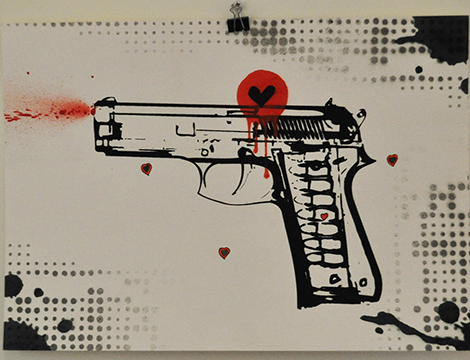
This article was originally published by War on the Rocks on 23 September 2016.
On June 28, three suicide bombers entered the Ataturk Airport in Istanbul, where they killed 45 people and injured 229. Although only one of the terrorist was from Russia (the other two were Uzbek and Kyrgyz), it is almost certain that that their last words to one another were in Russian. It is estimated that between 5,000 to 7,000 Russian-speaking jihadists have made Russian the second most popular language of ISIL, after Arabic.
The Changing Demographics
That Russian should be the lingua franca of jihadists from the former Soviet territory is surprising. Many, perhaps most, younger Kyrgyz, Tajiks, and Uzbeks (judging by the gastarbeiters from Tajikistan, Uzbekistan, and Kyrgyzstan) do not know Russian well or even at all. That Russia is becoming widely-spoken is indicative of the explosive internationalization and the vastly expanded recruitment patterns of what might be called the Russian Jihad based in Russia and former Soviet Central Asia.
With an estimated 2,400 of its citizens fighting with ISIL, Russia is surpassed only by Tunisia and Saudi Arabia in the number of its nationals in the extremist group’s ranks. It is far ahead of the top four European suppliers of ISIL soldiers: France with 1,800 fighters, Britain and Germany with 760 each, and Belgium with 470. Russian language graffiti has been spotted in Darayya, Syria (“We will pray in your palace, Putin! Tatars and Chechens, rise up!”), and there is an Univermag grocery store in the “Russian” district of ISIL’s de-facto capital of Raqqa, alongside Russian-language schools and kindergartens.
